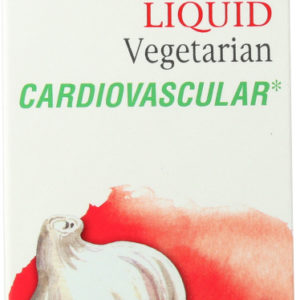Nature’s Answer Liquid Extracts are MUCH MORE CONCENTRATED than Liquid Tinctures. If you compare the milligrams you are getting per dose, you will notice that EACH DROPPERFUL (1 ml) is made from 1000 mg concentrated herbal extract !
Saint John’s Wort (Hypericum perforatum) has been called by the ancient Druids, a yellow flower that creates a sunny mood. * St. John’s Wort grows in open fields and waste areas in many areas of the world. It is originally native to Europe, but is now found in North and South America, Asia and Australia. It’s easily identified by its small, round leaves and bright yellow flowers which bloom during the summer. Its species name, perforatum, describes the tiny holes (stomata) that can be seen through the leaves if they are held up to the sunlight; they look like perforations. The flowering tops of St. John’s Wort are the parts which are used as a remedy. The black dots found around the edges of the flowers contain hypericin, one of the naturally occurring components of St. John’s Wort that has been studied for its active effects. In Ancient Greece, during the first century, Galen and other physicians of the times utilized St. John’s Wort for a variety of discomforts. During the Crusades, The Knights of St. John of Jerusalem used it on the battlefields, which lead to the name, St. Johns Wort, due to its strange transformation. When the bright yellow flower head is plucked or crushed, a blood-red substance exudes from the broken part. This was thought to represent the be-heading of St. John the Baptist. The plant has also been called St. Joan’s Wort, because St. Joan of Arc met with a similar fate. It was considered lucky to harvest the flowers on St. John’s Day- June 24th. In recent years, St. John’s Wort has been widely studied in mainstream literature in terms of safety and effectiveness. St. John’s Wort is widely known as a healthy mood-supporting herb.
| UPC | 083000006760 |
|---|





Reviews
There are no reviews yet.